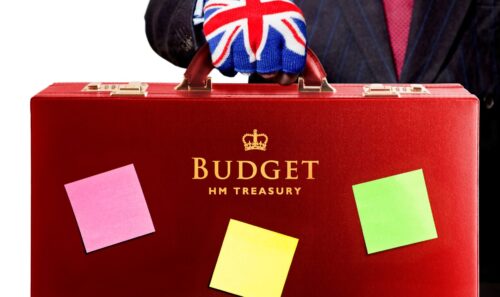By Luc Wade, Marketing Director at Hive Business.
There used to be something in marketing called the funnel. It was the path a consumer took to make a purchase, and we used it to understand consumer behaviour from the moment a brand or product attracted consumer attention to the point when action was taken and a purchase made.
It feels to many people — clever people who should know better — that the marketing funnel has now become obsolete. Or if not obsolete, then flattened so as not to be a funnel at all, leaving a crushed and broken concept.
The funnel can’t stand up to instantaneous digital marketing, we’re told. And the good news is that it doesn’t matter, because things that used to need time and space, things like awareness, engagement, discovery, purchase and retention, these things can all be sorted with web data.
That’s a welcome discovery for people running marketing budgets because it adds credibility to a policy of forgetting the consumer. Forgetting the consumer, or pretending the consumer only lives, thinks and acts online and spontaneously, is popular with anyone who wants to cut back on marketing spend. And who doesn’t?
Facebook chief operating officer Sheryl Sandberg recently shared her thoughts about the collapse of the marketing funnel: “It used to take time to go from research to discovery to awareness all the way to purchase. But now you have digital and mobile, that is happening faster than ever. And that is from the largest brands to the small corner shop to non-profits.”
True enough, but why would Sandberg say otherwise? Remember, she runs the biggest publishing platform the world has ever seen. It has monumental power — and far greater, unregulated freedom than traditional media — to influence the way people think, consume and vote.
Incredibly, Facebook has made an arrangement whereby its two billion users are pleased to upload content for free, so that they can then consume it as news. Two-thirds of Americans get their news on social media, and almost three-quarters of American adults who use the internet use Facebook.
So it’s tempting to see the world as a purely digital phenomenon. Speak to someone in their late teens and you’ll sense that the analogue-digital boundary has already started to collapse. They over share because that’s what you do on social media, and they think everyone is watching them all the time.
The truth is most of the watching going on is by people watching to see if anyone else is watching them. Social media is a stupendous vanity mirror — which makes it a genius business model.
This is impressive, but doesn’t mean we have to go along with Sandberg’s analysis. Last time I checked, people still lived in the real world. They went out of the house, talked to people, and assessed products based on how good they were. Yes, they often succumbed to instant gratification, but they made repeat purchases when they liked the product and the people selling. They responded to blended marketing. It’s strange to have to spell this out, but digital marketing is only a small fraction of this process.
If you would like to discuss your marketing requirement please call 01872 300232 or email us at hello@hivebusiness.co.uk.








